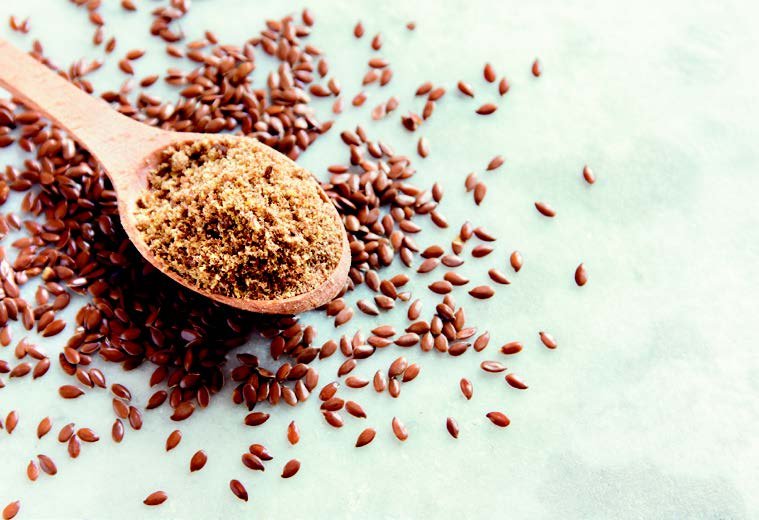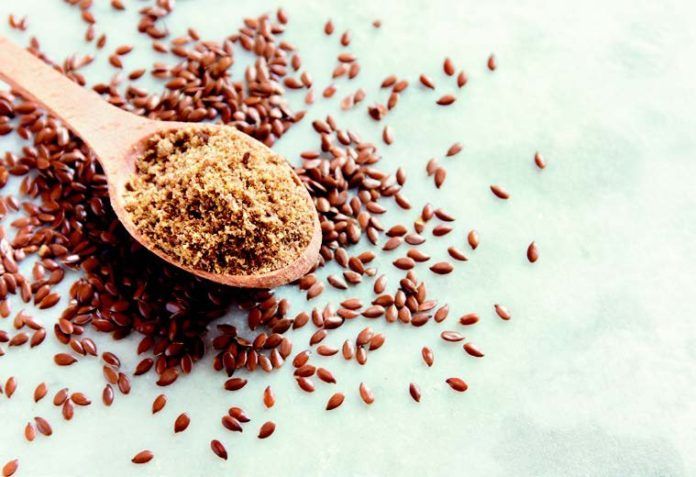
Image © Diane Labombarbe | Getty Images Image
A. “Technically, whole and milled flax have similar nutrient profiles,” says Caleigh Sawicki, a Friedman School PhD candidate currently working on the topic of whole grains. “However, whole flax will largely pass through the digestive system intact, so the majority of those nutrients will not be absorbed by the body. Milling flax makes the fiber, fatty acids, and other nutrients and phytochemicals more bioavailable. Milled flax can easily be used in cooking or baking or just mixed into oatmeal, yogurt, smoothies, and other dishes.”
Christiana Logan, a dietetic intern at the Friedman School, adds that the way flax seed is stored can affect its nutritional quality and flavor. “The healthy fats that are abundant in flax seed (plant omega-3 fatty acids) easily degrade when exposed to oxygen,” says Logan. “This means that flax seed should preferably be stored whole, to be ground as needed. Once it is ground, it should be stored in the refrigerator or freezer in an airtight container and used within a week.” A coffee grinder is a quick and easy way to mill flax seeds.




















